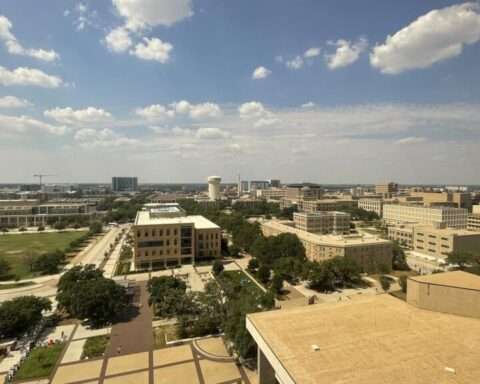A new downtown development effort in San Francisco’s Financial District is slated to move forward following signed legislation authorizing the city to build a fire station, a mixed-use tower and a reimagined public plaza.
The 530 Sansome project is among the latest initiatives to revitalize San Francisco’s downtown vision for the district, initially spurred by the “Heart of the City” executive directive launched in September.
The development agreement owes its creation to a public-private partnership with a real estate firm dedicated to delivering affordable and mixed-income housing and mixed-use developments. This includes utilizing an innovative funding mechanism to offset construction costs using a portion of revenue collected from new hotel taxes to avoid using city capital dollars.
The state-of-the-art fire station will bolster safety and emergency response capabilities for local communities. Plans include building a four-story facility with apparatus bays, dedicated access for engines and trucks, dormitories and day rooms with direct pole access. Additional building amenities will include officer suits, a kitchen and dining area, fitness and training spaces and a rooftop terrace for training and recovery.
The city emphasizes that, as part of this agreement, investment in the fire station will also address housing needs. Nearly $15 million will be delivered before construction gets underway to advance the development of affordable housing.
The upcoming 41-story mixed-use tower will be used to host a variety of spaces, including offices, hotels, retail and restaurants. The site spans approximately 24,830 square feet and is slated to be 544 feet tall. Dedicated areas will include 390,000 square feet for office, restaurant and meeting spaces. Plans include up to 200 hotel rooms alongside three levels of underground parking and bike storage.
Once completed, the 530 Sansome project is anticipated to generate an estimated $816 million in economic activity each year. This includes generating approximately $13.5 million annually in general fund revenue. In addition, around $8 million will be contributed to support transportation, infrastructure and child care.
The Financial District revitalization efforts will build on the city’s recent efforts to convert the downtown area into a vibrant, interconnected community hub and economic driver. The administration has already committed $40 million to support the Heart of the City directive, targeting initiatives to create safe streets, support small businesses and activate downtown public spaces.
Since the directive was authorized Sept. 9, the city has already begun implementing several key measures to accelerate the recovery process. Among the first actions taken to restore the downtown area, the city launched the San Francisco Police Department Hospitality Zone Task Force to mitigate crime and revitalize commercial districts. In addition, the city has reformed the permitting process to alleviate restrictions on business owners.
The executive directive details a series of current and upcoming actions to convert the downtown area into a community centerpiece. Contributing to the San Francisco downtown vision, these actions include:
- Launching a Downtown Revitalization Financing District to simplify office-to-residential conversions.
- Passing ordinances to accelerate the process of converting empty offices into new homes and advance affordable housing efforts.
- Break ground on development that will modernize office stock and streamline tenant improvements with over-the-counter approvals.
- Continually accelerate the permit process for new commercial spaces and small businesses.
- Add additional entertainment zones.
- Activate public spaces and make it easier to host events.
- Add new liquor licenses and support nightlife.
- Attract higher education by bringing universities and institutions to the heart of the city.
Photo by KEHN HERMANO from Pexels
For more of the latest from the expansive government marketplace, check Government Market News daily for new stories, insights and profiles from public sector professionals. Check out our national contracting newsletter here.













